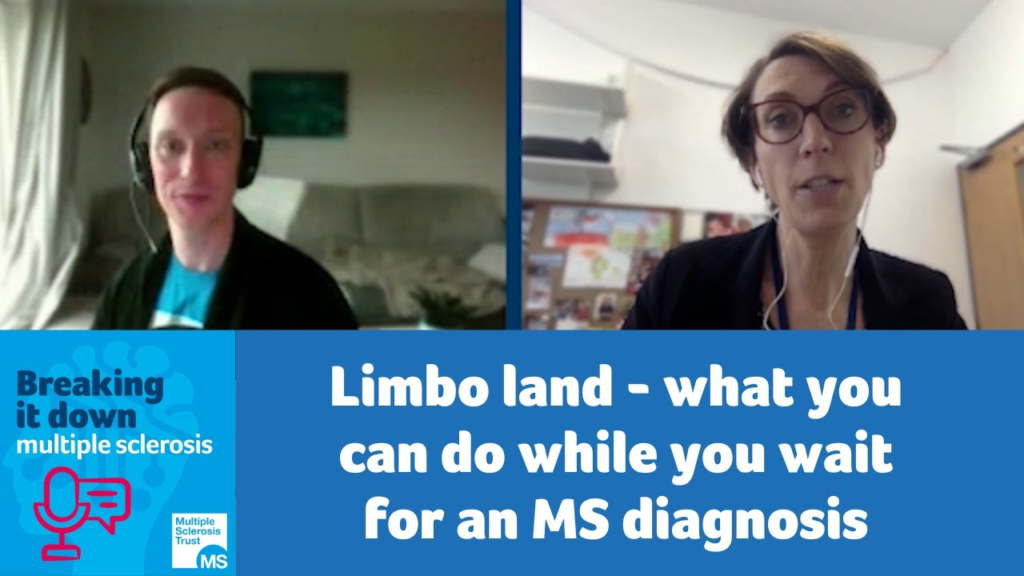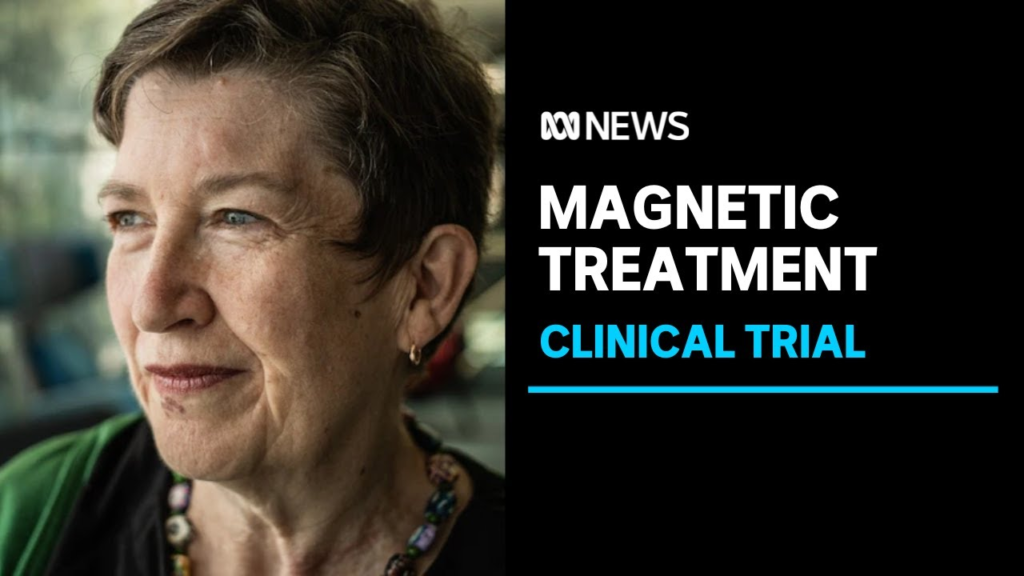
People affected by conditions such as cerebral palsy, multiple sclerosis or stroke often have painful mobility problems.

Waiting for a potential multiple sclerosis diagnosis can be daunting. In this episode, we explore the “limbo land” time during your first appointments and a possible MS diagnosis. Neurologist Dr Emma Tallantyre joins us to talk about the importance of reaching out to your healthcare professionals, managing stress and more! We discuss the roles of neurologists and the tests you might go through. Plus, we cover top tips for preparing for each appointment and what to do next. Listeners will better understand the diagnostic journey, treatments, and the value of support from healthcare professionals, family, and friends.
Wistar researchers (L-R) Drs. Samantha Soldan and Paul Lieberman CREDIT The Wistar Institute
Samantha Soldan, PhD, has demonstrated how B cells infected with the Epstein-Barr virus (EBV) can contribute to a pathogenic, inflammatory phenotype that contributes to multiple sclerosis; the group has also shown how these problematic B cells can be selectively targeted to reduce the damaging autoimmune response of multiple sclerosis.
EBV — a usually inactive or latent herpes virus — affects most of the human population; more than 90% of people carry the virus as a passive, typically symptomless infection. However, EBV infection has been linked to several diseases, including multiple sclerosis, an incurable, chronic autoimmune disease that causes the body’s immune system to attack the myelin sheath of neurons in the brain and nervous system. Because myelin sheathing facilitates fast, nervous system signalling (the fatty insulation of myelin along a neuron’s axon allows electrical impulses to travel through neuronal networks faster), its degradation can cause a wide variety of symptoms in both type and severity that may include motor control disruption, sensory issues, and speech difficulties.
Though researchers know that EBV can contribute to the development of multiple sclerosis, the exact mechanisms by which it does so aren’t completely understood. The research team analyzed spontaneous lymphoblastoid cell line (SLCL) cell samples from a healthy control group; a group of patients with active multiple sclerosis (as opposed to so-called stable multiple sclerosis; the disease is characterized by unpredictable periods of flare-ups and eased symptoms); and a group of patients with stable multiple sclerosis.
B cells are crucial cells of the immune system that help regulate the body’s immune responses; they have also been implicated in autoimmune conditions due to their role as mediators, of which biological signals warrant immune response. And B cells, when infected with EBV, become immortalized — that is, the cells are no longer constrained by senescence, so they can continue to divide an indefinite number of times — as “lymphoblastoid cell lines,” or LCLs. This immortalized B cell state can occur spontaneously within the body due to EBV infection, which is how the Lieberman lab was able to extract immortalized SLCL samples for study from the different patient groups.
Having obtained the matched samples, Dr. Lieberman and his team conducted genetic analyses of the SLCLs and confirmed that the MS-positive sample groups showed greater expression of genes associated with lytic EBV (“lytic” describes when latent viruses like EBV become active); they also saw increased inflammatory signaling and expression of the FOXP1 protein, the latter of which was shown to promote lytic EBV gene expression. As a whole, the group’s findings suggested a mechanism of lytic EBV in MS that promoted inflammation and disease.
Diving further, Lieberman’s group tested several antiviral compounds on all SLCL groups and found that one, TAF, reduced lytic EBV gene expression without killing the cells. TAF also significantly reduced the expression of inflammatory cytokines like IL-6 in the SLCLs from the patients with active MS. Finally, when cultured SLCLs from active MS, stable MS, and controls were administered TAF in the presence of antiviral T cells, the T cell response (a major factor in the autoimmune dysfunction of MS) was reduced in SLCLs from patients with MS but not reduced in the control SLCLs — an indication that TAF treatment has potential as a selectively cytotoxic anti-lytic treatment for MS.
“Our work with these SLCLs shows that the problematic inflammation signaling from lytic EBV can be selectively targeted in a way that demonstrably reduces damaging immune responses,” said Dr. Lieberman. “We’re excited about expanding this concept further; we have the potential to see whether TAF or other inhibitors of EBV might be a viable treatment for multiple sclerosis that can stop the autoimmune damage without causing wide-ranging and dangerous cell death.”

A clinical trial is exploring the use of magnetic brain stimulation on people with MS to activate specialised brain cells to repair and regrow myelin.